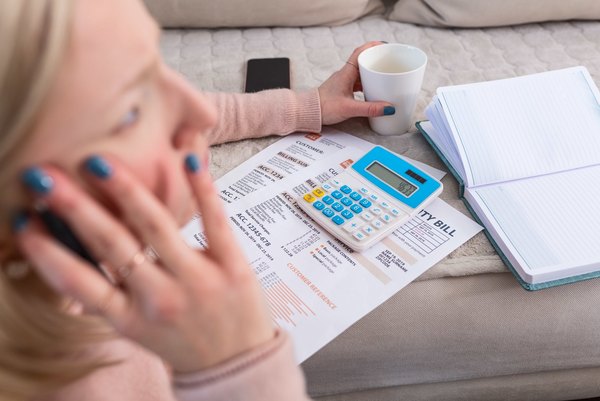The VA loan can be a valuable option for eligible veterans and service members. It may offer benefits such as low or no down payment options and underwriting guidelines that are often more flexible than some other mortgage programs.
VA loans are designed to support those who have served our country. In many cases, the program allows eligible borrowers to purchase a home with little to no down payment, subject to qualification and lender requirements. While not guaranteed, VA loans may be easier to qualify for compared to some conventional loan options.
Because of the potential cost and flexibility advantages, eligible veterans may want to review VA loan options before considering other mortgage programs. Depending on individual circumstances, it can be one of the more affordable paths to homeownership.
What Is a VA Loan?
A VA loan is a mortgage that is partially guaranteed by the Department of Veterans Affairs. The VA does not lend the money directly or underwrite the loan. Instead, VA-approved private lenders originate and underwrite the loans while following VA guidelines.
The VA’s role is to provide a guaranty to lenders, which may reduce the lender’s risk if a borrower defaults. This guaranty is one reason lenders may offer more flexible terms to eligible borrowers. Actual loan terms and approval depend on lender review and borrower qualifications.
Who Is Eligible?
Before applying, you must first determine whether you meet VA eligibility requirements. In general, eligibility is based on length and type of service and discharge status. Common eligibility guidelines include:
- Serving at least 90 days of active duty during wartime
- Serving at least 181 days of active duty during peacetime
- Serving at least 6 years in the Reserves or National Guard
Eligible borrowers must also have sufficient VA entitlement available. VA loans are intended for primary residences, and while some veterans may have remaining or restored entitlement, not everyone can hold more than one VA loan at the same time. If benefits were previously used, entitlement may be restored after selling the home and paying off the loan in full.
Defaulting on a VA loan and losing the home to foreclosure may reduce or eliminate available entitlement.
How to Qualify
Once eligibility is confirmed, borrowers must still qualify with a lender. VA guidelines are generally flexible, but lenders may apply their own requirements. Common qualification factors may include:
- Credit score considerations – The VA does not set a minimum credit score, but many lenders look for scores around 620 or higher. Requirements vary by lender.
- Debt-to-income (DTI) review – The VA does not impose a strict DTI limit, but many lenders prefer ratios near or below 43%. Lenders also consider other compensating factors.
- Residual (disposable) income – VA loans place emphasis on residual income, or the money left after paying monthly obligations. Required amounts depend on family size and location.
- Stable income and employment – Lenders often look for stable income history. In some cases, recently discharged service members may qualify with a job offer, depending on timing and lender policy.
- Credit and public record history – Past bankruptcies, foreclosures, or collections may require waiting periods, which can vary based on circumstances and lender guidelines.
VA Loan Benefits
VA loans may offer several advantages for eligible borrowers, including:
- Low or no down payment – Many VA loans allow financing up to 100% of the purchase price, if you qualify. Down payments are optional and may not affect interest rates.
- Flexible underwriting – VA guidelines often allow more flexibility compared to some other loan programs, though approval is not guaranteed.
- No monthly mortgage insurance – VA loans do not require ongoing mortgage insurance. However, most borrowers pay a one-time VA funding fee, which may be paid at closing or financed into the loan. The fee amount varies based on factors such as first-time use and down payment.
- No formal loan limits – As of recent guideline changes, VA loans do not impose standard loan limits for borrowers with full entitlement. Borrowing amounts still depend on income, credit, and lender approval.
- Limits on certain closing costs – The VA restricts some fees lenders and third parties may charge, which may help reduce overall closing costs compared to some other loan types.
VA Loans Can Be a Strong Option for Eligible Veterans
VA loans can be a flexible mortgage option for veterans and service members who meet eligibility and lender requirements. While not every borrower will qualify, the program may make homeownership more accessible by reducing upfront costs and easing some underwriting standards.
As with any mortgage, it’s important to compare options, understand the terms, and confirm what you qualify for based on your personal financial situation.







